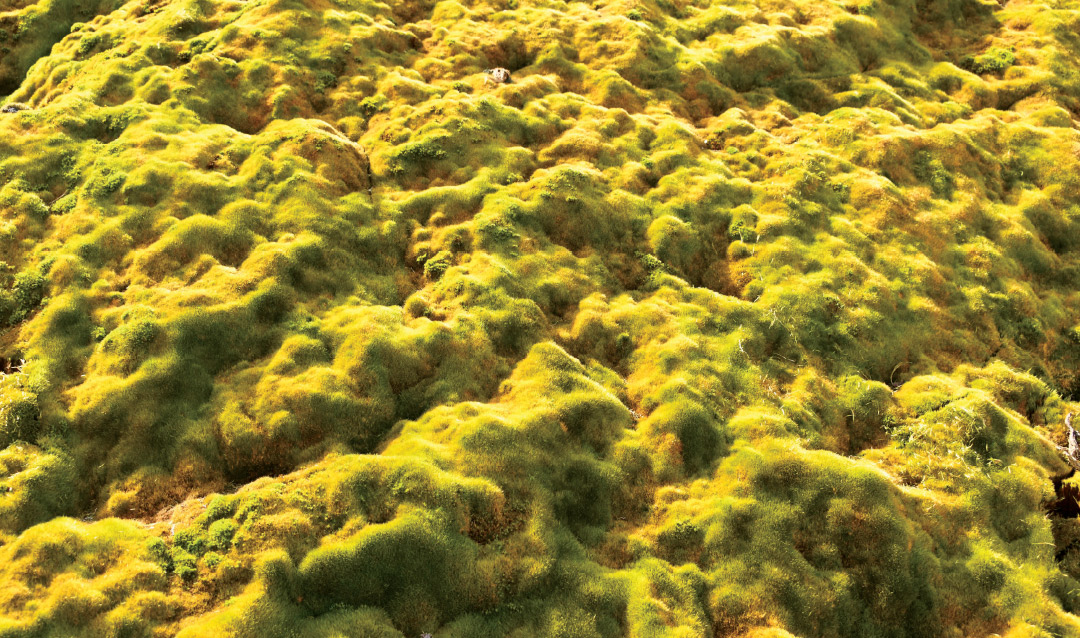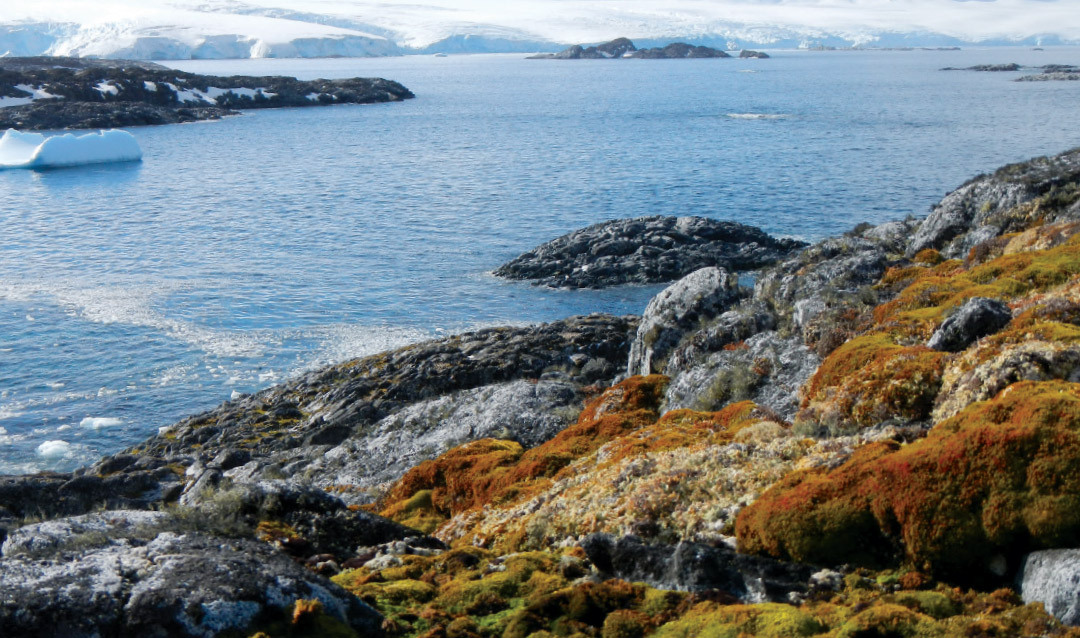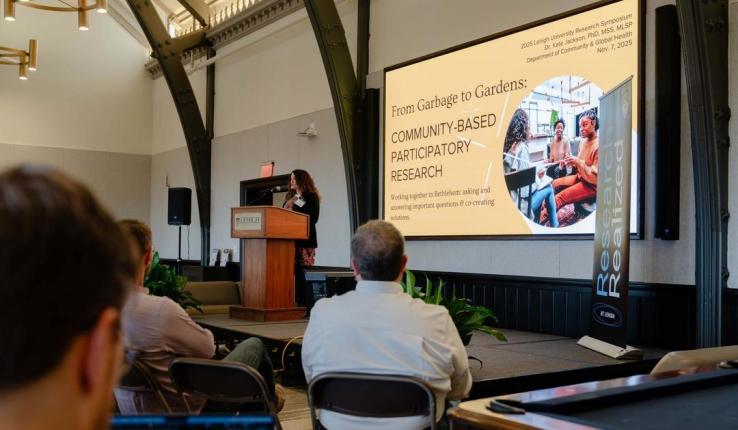In the scientific community, at least, of this there is no doubt: The world is steadily getting warmer, and as that warming continues, a growing number of threats will imperil environments, species and people living the world over.
But even as that stark reality of climate change is now considered settled science, a great many new questions about the fast-changing dynamics facing our planet are being asked—and as new answers are found, a clearer picture of what the future holds for our environment is pieced together. For Zicheng Yu, one small piece of that complex picture can be found in some of the most remote and desolate places on Earth.
Peatlands, also known as peat bogs, are a type of wetland formed by incompletely decomposed organic matter and water. These unique environments, which are found in both arctic and tropical climates, are considered “carbon sinks” because they absorb carbon from the atmosphere. This is important, obviously, because carbon dioxide, created by burning fossil fuels, is understood to be a leading cause of Earth’s warming climate.
Through his work, Yu is working to understand just how much peatlands can help mitigate carbon in the atmosphere, how their role has changed throughout geological history, and whether or not that role can be expected to change as the world grows ever warmer going forward.
“We travel to different parts of the world in order to understand the processes, or climate space, of peat distribution and dynamics,” Yu says.






